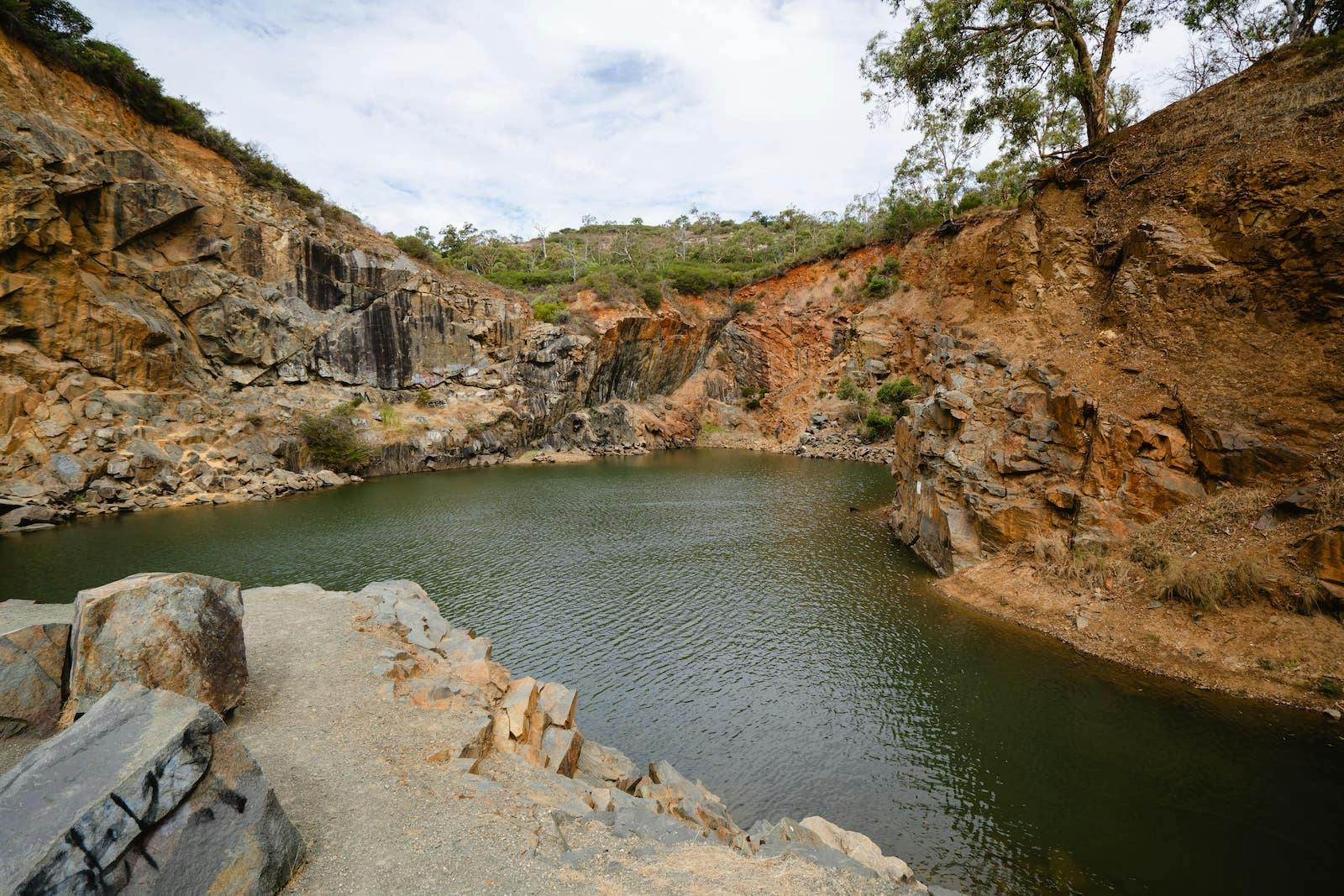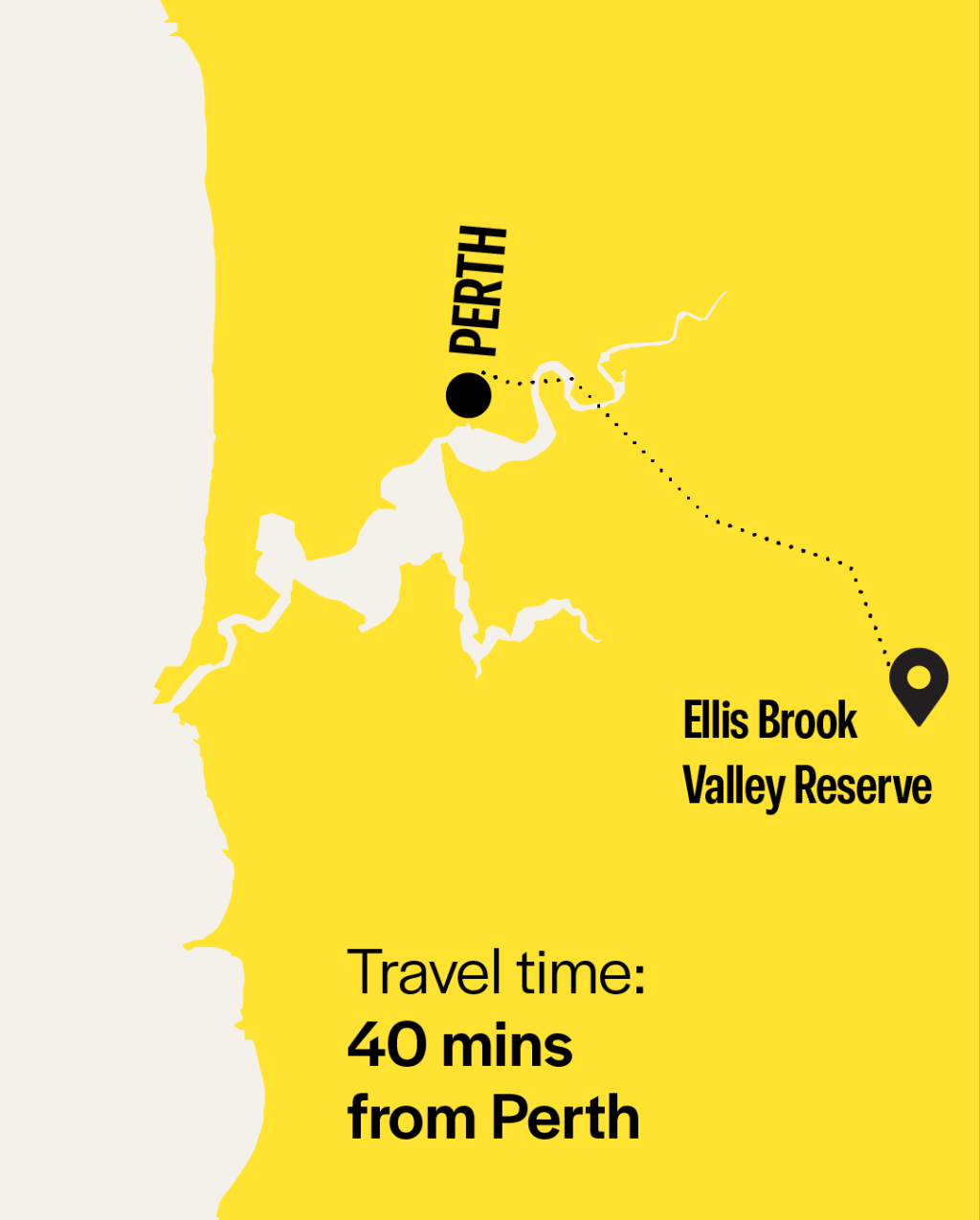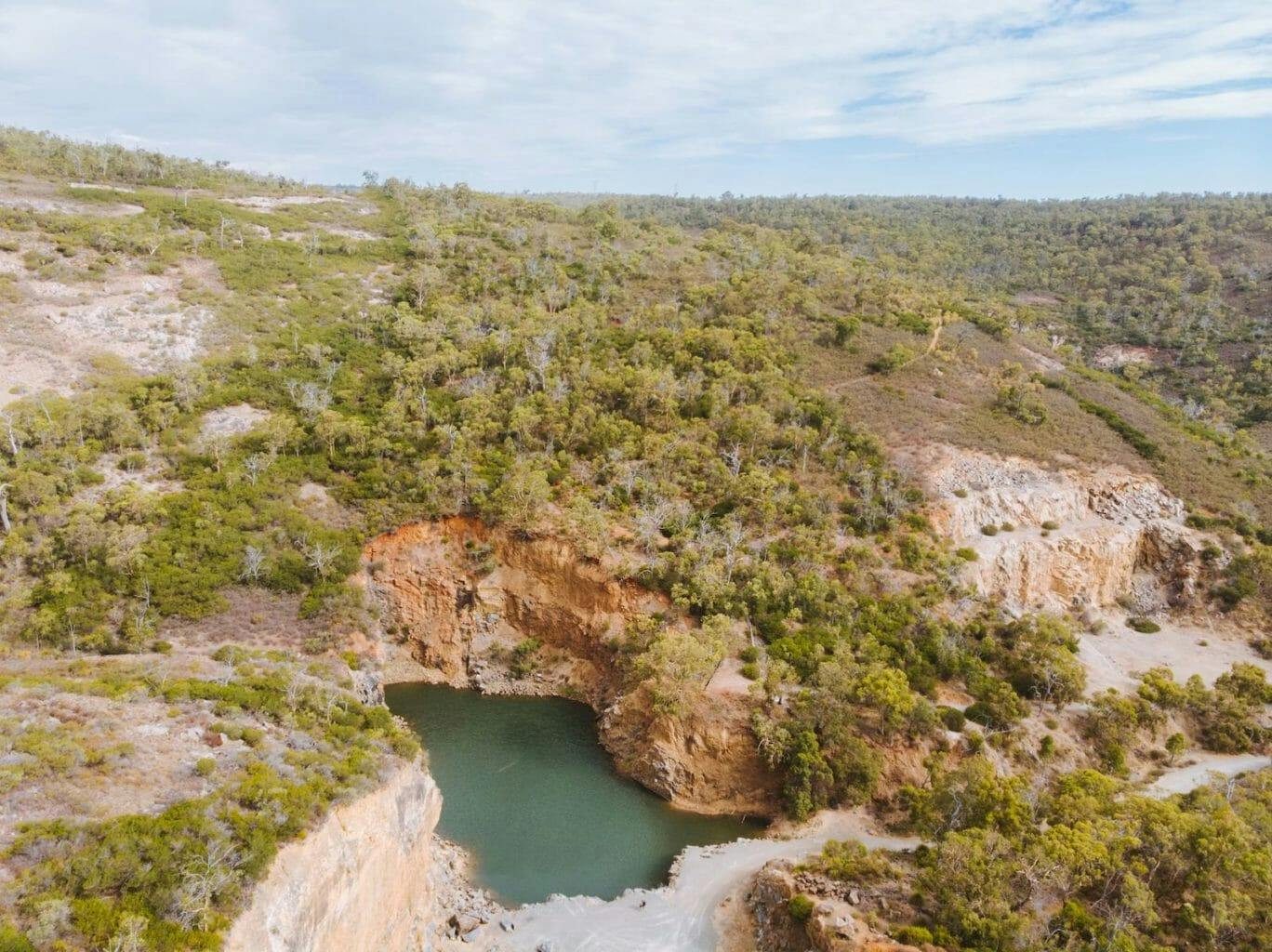Ellis Brook Valley Reserve: Everything you need to know

If you’re getting into the walking/hiking game, then you’re on a pretty great wicket with Perth and its surrounds.
Besides plenty of great walking trails in and around the city, it’s also a short trip in any direction really before you can stumble across (and along) some scenic walks with an abundance of native flora and fauna, to go with the odd challenging hill or two.
A popular trail that ticks all of these boxes and more is Ellis Brook Valley Reserve, which is barely over half-an-hour out of the city.
What Is It:
A wildflower-rich area less than 10 minutes from Gosnells, Ellis Brook Valley consists of four different walking trails, with varying degrees of difficulty to suite fresh air-chasers from all walks of life. It’s a Western Australia hotspot when it comes to wildflower diversity with over 500 species existing among the rolling hills, along with being home to a host of different bird and marsupial species.
Where Is It:
A short 40-minute drive southeast of the CDB, or seven minutes to the neighbouring town of Gosnells, you pretty much follow Tonkin Highway until you reach Gosnells Road and from there it’s a few little twists and turns until you reach Rushton Road.

What To Do:
Get those hiking boots on and explore! Ellis Brook Valley consists of four different walking trails: The ‘Easy Walk’ Trail that’s suitable for wheelchairs, the moderate ‘Blue Wren Ramble’ and ‘Eagle View’ Trails, and the more difficult ‘Sixty Foot Falls Circuit” that, you guessed it, takes you top of a Ellis Brook’s waterfall at the Old Barrington Quarry.
Covering the full walking distance of just over a two kilometres should only take around an hour, so it makes for an awesome, scenic trail that’s still really close to home.
Subscribe to our free newsletter!
What Not To Do:
Don’t go gallivanting off into the bush – this is a biodiversity hotspot and so would appreciate you being as non-disruptive as possible i.e. stick to the paths.
Don’t come underprepared – if you plan on tackling the full trail some of the paths are pretty rocky and uneven, so wear appropriate shoes, bring water and sunscreen.

Anything else?
The reserve has public gas barbecues, so there’s ample opportunity to make an afternoon lunch of things, and you’ll need the feed after the climb.
The best time of year to go for wildflower enthusiasts is generally in spring after good winter rains, likewise that’s when the waterfalls will be at their biggest.
Image Credit: Shutterstock / Dylan Alcock